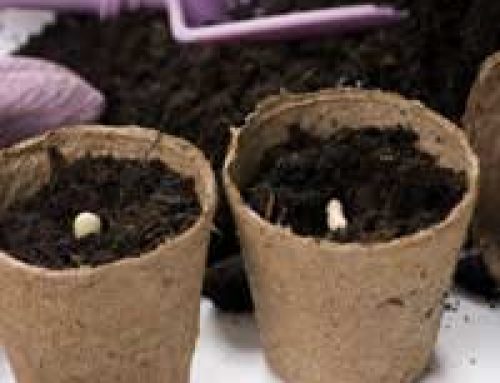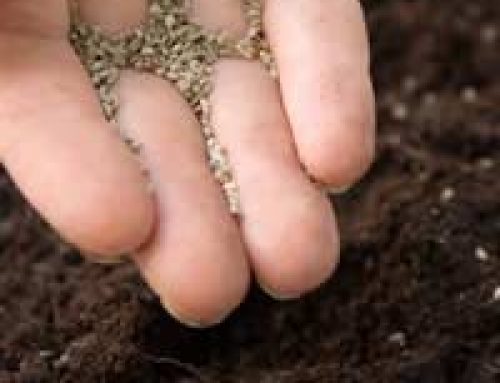
Lawns can look fantastic but it takes a lot of work to get them that way and, more to the point, keep them in check. Many people are turning away from lawns in any case because of the ecological consequences; all that watering in particular. It’s hard to keep lawns looking green during a hosepipe ban.
Keep Lawn Edges Simple
If you are determined to keep a lawn but are likely to find it hard to look after, try and keep the shape of it simple. Trying to keep a curved edge looking right can be a nightmare, quite backbreaking work.
Consider edging the lawn with something hard and decorative, like stone or wood edging blocks. Then you can cut the edge of the lawn with a strimmer, strimming against the blocks.
A strimmer is lighter and easier to move around than most lawnmowers. It’s worth strimming the edge first, then the cut blades of grass will be collected by the lawn mower as you mow close to the edge of the lawn.
Grass Collecting
That brings us neatly to the question of grass collecting. There are three options, firstly use a mower with a grass collector and empty it onto the compost heap each time it fills up. Or don’t use a grass collector and rake the grass up afterward. Finally you could invest in new lawn mower that mulches the grass as it cuts and feeds it back into the lawn.
Obviously the last one is the best option if you’re trying to reduce the amount of effort you are putting into your lawn. Not only does it completely eliminate the raking up and the trips to the compost heap but the mulching effect makes the lawn more resilient to drought. Unfortunately they are quite expensive.
Another less popular option, if you can put up with it, is to cut the lawn and leave the cuttings on it. They will decompose eventually but the lawn will look messy until that happens. If you cut the lawn very frequently the cuttings will be smaller and will disappear much faster.
Non-Grass Lawns
If you are more relaxed about your lawn you can have an easier time looking after it. If you must have blades of grass then you won’t be happy with this option. The idea is not to worry about what’s growing on the lawn as long as it’s green.
Clover, dandelions, daisies and plenty of other green groundcover plants will happily sit on your lawn and grow at far slower rates than grass. Think of it as a smaller version of a meadow garden and as long as it’s largely green it will look great, just different.
Doing Away with the Lawn Completely
Of course, you can get rid of the lawn completely and replace it with hard landscaping, but this idea is being frowned upon because of the ecological implications. Hard surfaces absorb the heat of the sun during the day and then release it at night, warming up urban areas artificially and changing the climate.
Also rainwater runs straight off hard surfaces into the drain and sewer system, but grass, earth, trees and shrubs soak the water up and use it, meaning less water run-off going into the drainage system. It is believed that much of the recent flooding in the United Kingdom has been worsened because of this effect (as well as many other factors, it has to be said)
Consider the Ecological Impact of your Garden
For these reasons it would be better to replace a lawn with flower beds or shrubs rather than concreting it over. Even gravel would be better than concrete but make sure it has a proper drainage system that takes water into the earth, not the drains.
So although you might be thinking of moving away from a lawn because of the hassle of keeping it neat, you may end up doing the planet a favour.





Leave A Comment